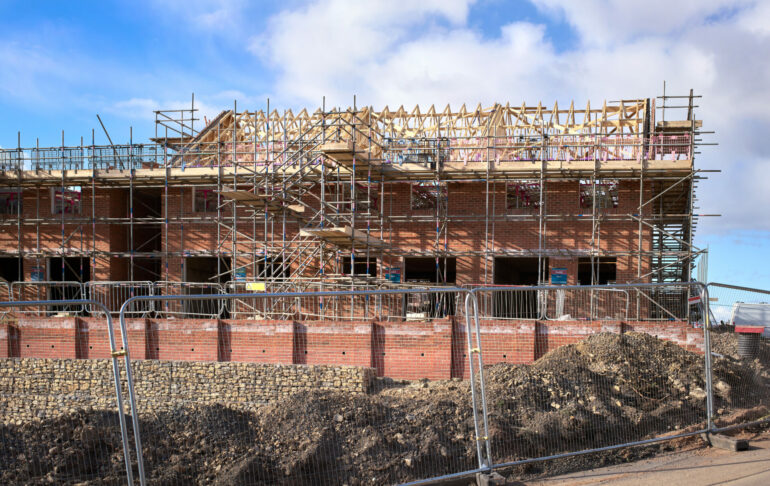Specialist property lending firm Rangewell has warned that red tape requirements have continued to restrict small to medium (SME) housebuilders, but noted that incentivising them could help Labour reach its target of 370,000 new homes a year.
Labour increased its target of delivering 300,000 new homes a year to 370,000, but analysis of Government figures by Rangewell showed that, over the past 10 years, an average of 188,194 homes have been built per year, with the highest total hitting just 214,594 in 2022.
According to the Federation of Master Builders (FMB), 40 years ago SME housebuilders were responsible for 40% of all homes built.
Rangewell’s analysis of historical house building data estimating that this resulted in an average of 85,310 homes delivered per year.
In 2020, the proportion of all homes delivered by SME builders dropped to just 10%, equating to an estimated 18,151 homes delivered annually, according to Rangewell.
The FMB estimated that the share of homes delivered by SME housebuilders increased from 10% in 2020 to just 12% today, with Rangewell estimating that this equated to 22,046 UK homes last year (2023-24), just 3,895 more homes than in 2020 – an increase of 21%
This was 74% below the estimated average annual rate of delivery seen in the mid to late 1980s.
Rangewell said this was largely down to the red tape that restricts SME housebuilders from breaking ground.
Data from Lichfields showed that in 1990, SME housebuilders faced just four associated requirements when it came to the development of new homes, with the estimated cost in meeting these requirements sitting at £28,000.
Today, there are 43 requirements that need to be met, and the cost of doing so has climbed by 346% to £125,000.
Alasdair McPherson, head of partnerships at Rangewell, said: “Our new Labour Government has introduced some extremely ambitious house building targets and if they are to come close to hitting them, it’s vital they do more to incentivise the nation’s SME housebuilders.
When Rangewell works with SME developers on their financial feasibility models, input costs are almost always a primary factor that has led to a reduction in output over the years.
“Targeted financial incentives would significantly stimulate increased provision of new builds by SME developers and would certainly be welcomed, whether they be in the form of tax relief such as VAT refunds which are currently only afforded to DIY builders, stamp duty relief, or incentives for using less desirable land such as infill plots.
“However, it’s fair to say that much of the increased costs being faced today have come due to a substantial increase in red tape requirements and it’s this additional red tape that has proven to be the real issue facing SME housebuilders.
“The long list of associated requirements, coupled with local authority budget cuts, have led to long delays in winning consent and these are delays that simply can’t be afforded by SME housebuilders, who are often reliant on a single development to bring in revenue and generate profit.
“Reducing the number of associated requirements needed for small development sites would make all the difference, as would an increase on the threshold of small site classification.”



